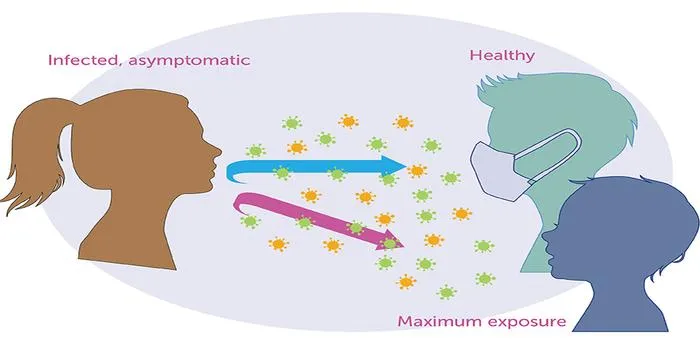- Home >
- Science
- > Technology
How Do You Rewild an Environment?
Rewilding an environment involves restoring ecosystems to their natural state by reintroducing native species, removing invasive species, and allowing natural processes to occur without human interference. This process aims to increase biodiversity, enhance ecosystem resilience, and restore natural habitats. It often includes activities like planting native vegetation, reconnecting rivers, and protecting areas from development. Success requires collaboration between conservationists, local communities, and governments to ensure sustainable management and long-term benefits for both wildlife and people.

Rewilding is a transformative approach aimed at restoring ecosystems to their natural, self-sustaining states. This movement has gained traction in recent years as more people recognize the importance of biodiversity and natural habitats. How do you effectively rewild an environment? This article will explore the key steps involved in rewilding, the benefits of such initiatives, and the challenges that may arise during the process.
Understanding Rewilding
At its core, rewilding focuses on allowing nature to take its course with minimal human intervention. This can involve:
- Restoring native vegetation
- Reintroducing native animal species
- Removing invasive species
- Rehabilitating degraded land
Key Steps to Rewilding an Environment
The rewilding process can be complex and requires careful planning. Here are the main steps involved:
| Step | Description |
|---|---|
| 1. Assessment | Evaluate the current state of the ecosystem, identifying native and invasive species, soil health, and other factors. |
| 2. Setting Goals | Define clear objectives for the rewilding project, such as restoring specific habitats or increasing biodiversity. |
| 3. Planning | Create a detailed action plan that outlines the necessary steps, timelines, and resources required for the project. |
| 4. Implementation | Start the rewilding process by removing invasive species, planting native vegetation, and reintroducing wildlife. |
| 5. Monitoring | Regularly observe the ecosystem's recovery and adjust your strategies as needed to ensure success. |
Restoring Native Vegetation
One of the first steps in the rewilding process is to restore native vegetation. This is crucial because native plants are adapted to the local environment and provide essential habitat and food sources for local wildlife. Consider the following:
- Choose plants that are indigenous to the area.
- Utilize local seed banks or nurseries that specialize in native species.
- Avoid using non-native plants that could disrupt the local ecosystem.
Reintroducing Native Species
Reintroducing native animals is another critical aspect of rewilding. Many ecosystems have been disrupted by the extirpation of certain species. Here’s how to approach this:
- Conduct research to identify species that were historically present in the ecosystem.
- Ensure that the habitat can support these species before reintroduction.
- Monitor the population dynamics of reintroduced species to assess their adaptation and impact on the ecosystem.
Removing Invasive Species
Invasive species can significantly hinder the success of rewilding efforts. These non-native species often outcompete native flora and fauna, disrupting the balance of the ecosystem. Effective removal strategies include:
- Identifying invasive species through surveys.
- Employing physical removal methods or targeted herbicide applications.
- Engaging community volunteers for larger-scale removal efforts.
Challenges in Rewilding
While the benefits of rewilding are substantial, there are also challenges to consider:
- Resistance from local communities due to changes in land use.
- Balancing human activities with the needs of wildlife.
- Funding and resource limitations for long-term projects.
Benefits of Rewilding
The positive impacts of rewilding extend beyond ecological restoration. Some notable benefits include:
- Enhanced biodiversity, leading to healthier ecosystems.
- Improved carbon sequestration, aiding in climate change mitigation.
- Recreation opportunities for local communities, boosting ecotourism.
Conclusion
Rewilding offers a promising pathway to restore ecological balance and enhance biodiversity. By following the steps outlined above and addressing potential challenges, communities can contribute to a healthier planet. As we continue to recognize the importance of natural ecosystems, the movement toward rewilding will likely grow, fostering a deeper connection between humans and the environment.












